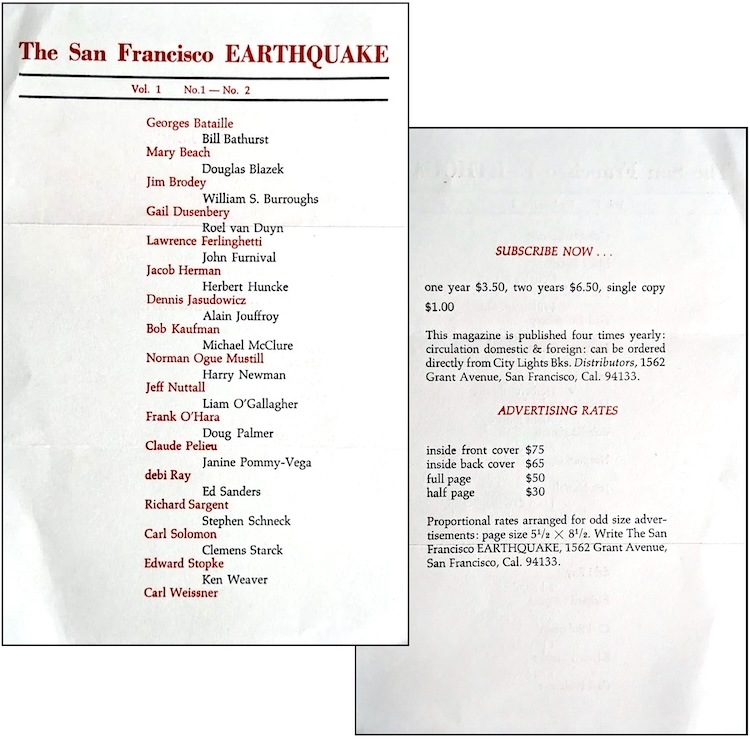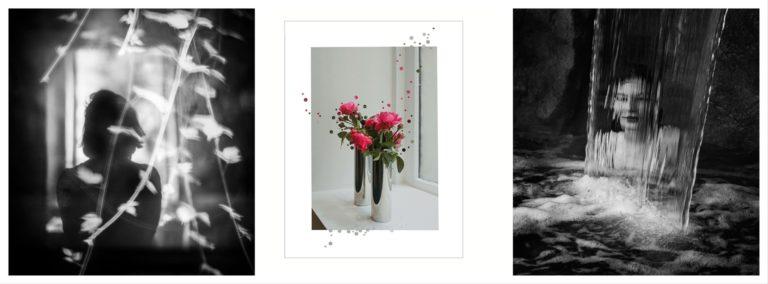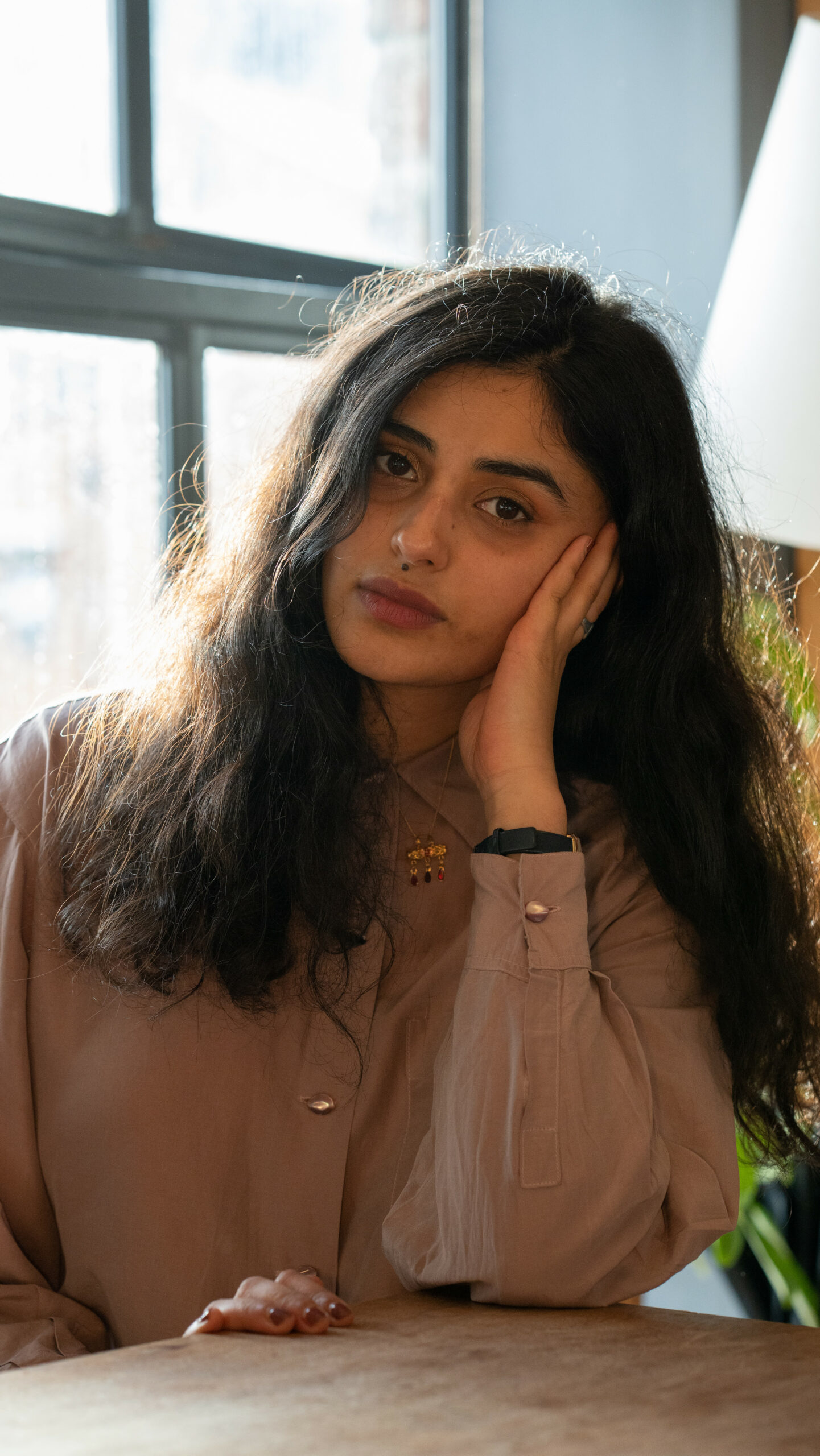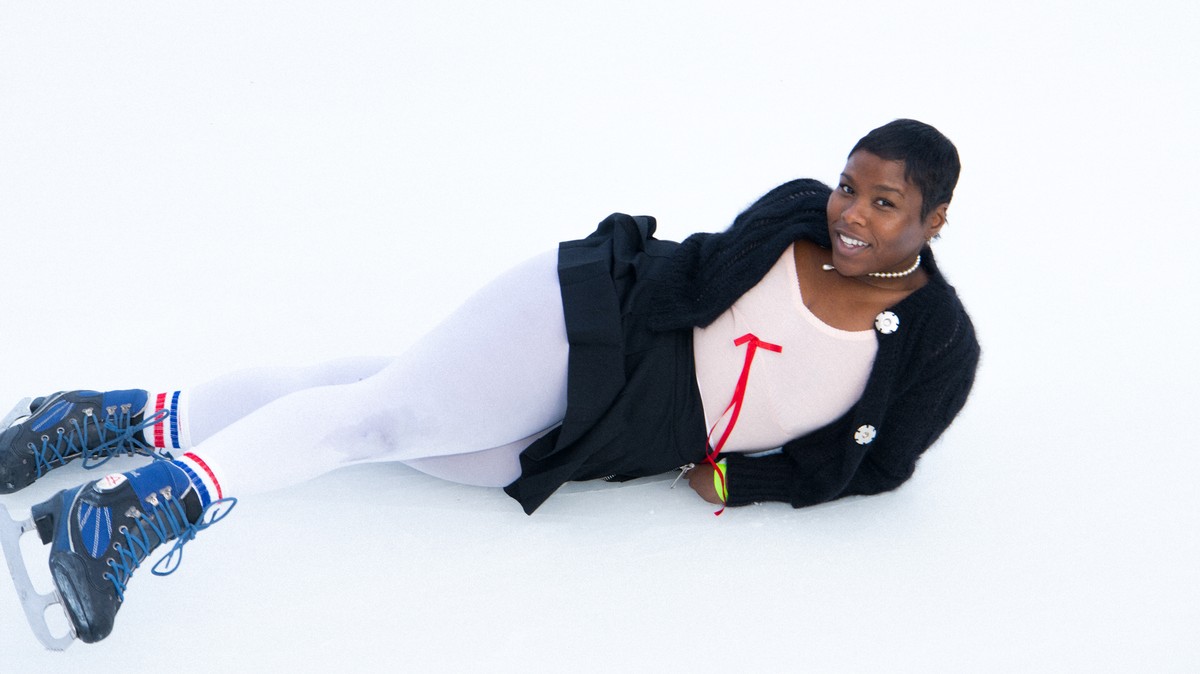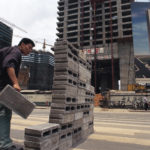Soft Staycation (Gaze Track Edit)
2013 - Film & Video (Film & Video)
Approximately 240 x 440 cm, video 30 min
Daniel Keller
To make the video installation Soft Staycation (Gaze Track Edit) , the artist, playing the role of ‘job creator’, hired a group of unemployed and expat freelancers through Craigslist to watch a 30 minute compilation of national tourism ads. These ads, which are generally sponsored by various publicly funded tourism boards and screened in airports for example, were found on the Internet by Keller. He used a gaze-tracking camera to measure the eye movements of the people participating in the experiment. Despite the relentlessness of the source, the subjects define zones of attention that the camera records. Instead of using the gathered gaze data for any specific research purpose, the consumptive gaze is transmuted onto the video itself, creating an ensemble of light spots and shadows. The film is screened on a large LED screen, the same kind used for advertisement purposes. By staging a typical marketing study, the artist points out the persisting automatisms of consumer-spectators, while the flexible LED curtain makes it quite a sculptural and hypnotic piece.
Daniel Keller belongs to a generation of artists born at the end of the 1980s, nourished by digital imagery, who have participated in the social networks as a communication strategy, combining the public and the private spheres; a logical heir to the “entrepreneur” artist of 1990-2000. Interested in the existence of the artwork on the Internet, as another – or even an extension – exhibition space, Daniel Keller believes in the participation of the public as a critical authority, who can comment, post, re-post the artwork, etc. He reappropriates participatory strategies (for example using charity bands) that find a new echo with the Internet crowdfunding. In his works and his collaborative projects (AIDS-3D), Keller merges art and technology (including the use of new materials) with special attention to social and ecological issues.
Colors:
Related works sharing similar palette

© » ARTS EQUATOR
Pico Iyer and Raffles Hotel, or the Nowhere Hotel | ArtsEquator Thinking and Talking about Arts and Culture in Southeast Asia Articles Derek Shapton; Epigram Books January 21, 2020 Celebrated writer Pico Iyer spent fifteen days in Singapore last August doing a residency at the newly reopened Raffles Hotel as its first official writer-in-residence...

© » KADIST
Luisa Lambri
2007Rudolph Schindler’s designs, part of a practice he called “Space Architecture,” marry interior with exterior and space with light...

© » KADIST
Mika Tajima
2017Mika Tajima’s Pranayama sculptures are built from carved wood and chromed Jacuzzi jets and are presented as artefacts...

© » KADIST
Maya Watanabe
2014In Escenarios (Sceneries) Maya Watanabe films forgotten wastelands through a series of 360° camera movements that highlight the dramatism and visual richness of terrain that would be otherwise forgotten...

© » KADIST
LaToya Ruby Frazier
2011LaToya Ruby Frazier is an artist and a militant; her photos combine intimate views of her relation with her parents and grandparents with the history of the Afro-American community of Braddock, Pennsylvania, where she grew up and where her family still live...

© » KADIST
Carla Zaccagnini
2005This series of photographs, Sobre la igualdad y las diferencias: casas gemelas (On Equality and Differences: Twin Houses) , taken in Havana in 2005, belongs to a wider group of works that the artist has been developing over many years, generally titled Bifurcaciones y encrucijadas (Forking Paths and Crossroads) ...

© » KADIST
Joana Hadjithomas & Khalil Joreige
2017Produced for the Prix Marcel Duchamp and presented at the Centre Pompidou in October 2017, the installation Unconformities is comprised of photographs, archaeological drawings, and narratives, based on the analysis of core samples from different sites in Beirut, Paris and Athens...

© » KADIST
Mateo Lopez
2012With Roca Carbón (Charcoal Rock, 2012) and Roca Grafito ( Graphite Rock , 2012), López plays with our relationship to inert and unremarkable objects such as rocks...

© » KADIST
Rachel Rose
2013In the 2013 video work, Sitting Feeding Sleeping , Rose combines footage taken of zoo animals living in captivity with screen images that flicker and flash before us...

© » ARTNEWS RETROSPECTIVE
Roberta Smith on the Power of Donald Judd’s Criticism – ARTnews.com Skip to main content By Alex Greenberger Plus Icon Alex Greenberger Senior Editor, ARTnews View All February 28, 2020 1:04pm A page from ARTnews ’s October 1959 issue featuring Donald Judd's review of Yayoi Kusama's show at Brata Gallery...

© » KADIST
Rocky Cajigan
2017From the Beginning by Rocky Cajigan consists of an assemblage painting, with accompanying sculptural objects presented on the floor...

© » KADIST
Oscar Tuazon
2014Oscar Tuazon‘s sculptural oeuvre is situated at the border of art, architecture and technology...
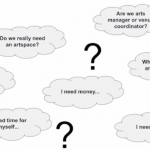
© » ARTS EQUATOR
ANCER Lab 03 Manila: How arts managers are surviving COVID-19 | ArtsEquator Thinking and Talking about Arts and Culture in Southeast Asia ArtsEquator Viewpoints Mah Jun Yi and Low Pey Sien November 22, 2021 By Wennie Yang (1,200 words, 4-minute read) Pandemic restrictions have put arts and cultural workers and institutions in a bind: choosing between sustaining their missions at times of a global pandemic or ceasing operations altogether...



